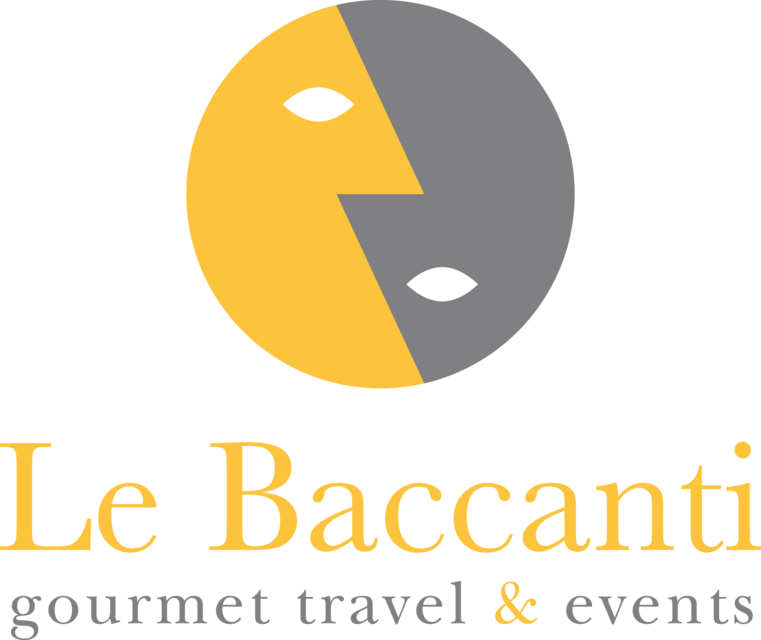BRIEFLYLike cacao, coffee begins life in the form of bright red berry-like seeds, called 'cherries', of several species of tropical trees. Each cherry usually contains two beans. These must be roasted to liberate their characteristic aroma, a process that plays a major role in the Italian and especially Tuscan comestibles industry. Roasting all'italiana is done at high temperatures in order the expel most of the caffeine whilst preserving and in fact greatly enhancing the desired inherent aromas. Roasted brown-black beans from several species of trees are often blended to obtain flavours preferred by specific clienteles.So-called Arabic coffees are grown mainly in favoiurable soils and climates South and Central America, while more robust, less delicately-flavoured varieties thrive in Africa. India, too, produces these crops in one variety or another, as do in fact most tropical lands.HISTORYThe word 'coffee' and its variants (caff, Kaffee, q'affweh, andc.) derives either from the Arabic qahwah or from Kaffa, a province of south-western Ethiopia and coffee's reputed birthplace sometime in the tenth or eleventh centuries it is a major production area to this day. Q'ahwah was a brew derived from the extract of a variety of seeds and drunk as a stimulant and medicinal. In time the seed choices were narrowed down to those of coffee trees and the Arabic word mutated to something like q'have. In the thirteenth and fourteenth centuries the coffee custom spread from the Yemen throughout the Arabic world, so that by about 1400 there were laws prohibiting the exportation of beans and plants to protect the monopoly. In the fifteenth century there were coffee houses in Mecca and Medina where men drank a strong, thick, as yet unsweetened brew the use of sugar came later but some Islamic authorities, sniffing impropriety and worse in so dubious a fluid, possibly inebriating and hence forbidden by the Qur'an, closed the houses, prosecuted owners and purveyors and seized and destroyed coffee stores in warehouses. Fortunately in 1523 Abdul al-Hassan II, sultan of Egypt, attributed the fecund revival of his flagging loins to a daily dozen cups, revoked all bans within his domain and advised copious consumption for maintaining conjugal vigour.The bean spread throughout Europe in the sixteenth and seventeenth centuries, here too often encountering religious and moralistic damnation and prohibition. By the 1660s fashionable coffee houses had become established in most large towns and bourgeoise households, notably in London, and by 1690 in Boston, New York and Philadelphia. A great impetus was provided by the defeat of the besieging Turks before the walls of Vienna in 1683 and by the sub-sequent seizure not only of vast supplies of beans but of ten of thousands of coffee-making devices and services of all sorts and qualities, events which allowed Vienna to claim the unofficial crown of coffee-capital of Europe nearly up to the outbreak of World War One in 1914. Contemporary medicine attributed a host of benefits, and as many evils, to the ever-more-popular slurping. Venice trade directories list no fewer than two hundred and eighteen coffee houses in 1763, even though in Italy, as elsewhere, much of the clergy had grievous doubts in 1661 Pope Clement VIII (Giulio Rospigliosi) fulminated against this concoctum diaboli, 'devils brew', but he was known throughout Rome not to be averse to a cup or two with his morning pastry.A footnote to Swedish history records that the enlightened King Gustav III (r. 1771-92) once desired to determine whether tea or coffee might be more beneficial to health or, conversely, detrimental. A pair of young identical twins awaiting execution in the royal prison were to be fed normal prison fare, but one was too have only coffee as a beverage and the other only tea. Learned physicians, judges and philosophers were to observe which one would decline and perish first. Alas for science, the observers, to a man, exited from the scene first the coffee twin lived to be eighty-six and his tannic brother to beyond a hundred.PRODUCTION METHODSToasting is as simple in theory as it is delicate in practice. Raw beans are loaded into an oven, traditionally made of copper but nowadays of need-specific alloys. Hot air is blown over them at temperatures and for lengths of time re-quired for the desired effects, usually a matter of twelve to fifteen minutes. Wa-ter vapour is sprayed into the container to make the beans swell up and to con-centrate the aroma inside the shells. Hundreds of small artiusan establishments do this work all over Italy. Freshly toasted and freshly ground beans of course make the best coffee.




